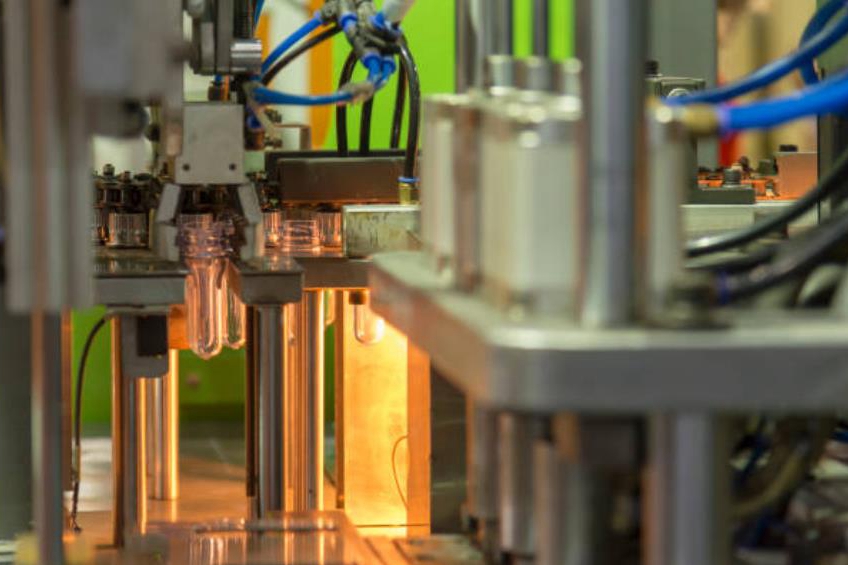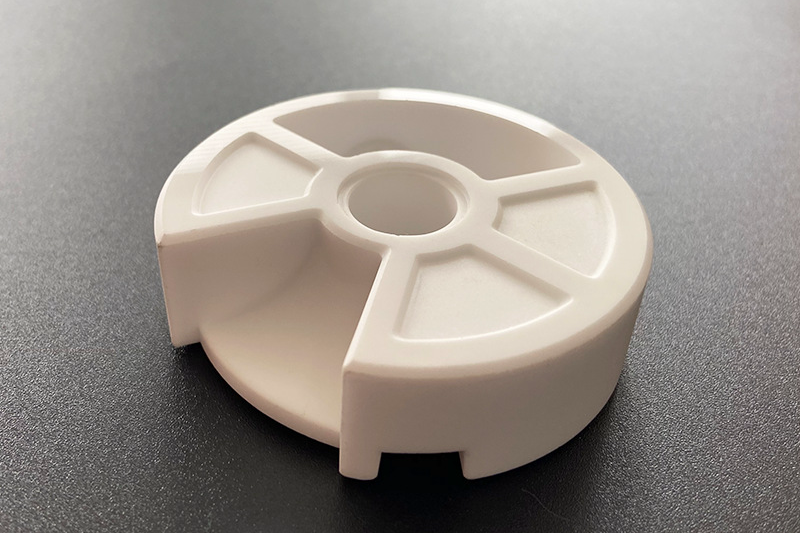How long does a full enclosure project take from design to production?
How long does a full enclosure project take from design to production?
The total timeline for a complete enclosure program—from early design through tooling and mass production—varies depending on the complexity, material selection, and required validation. At Neway, typical enclosure development follows a structured workflow that shortens lead time while ensuring quality. Most projects fall in the **10–18 week** range, covering DFM, prototyping, tooling, sampling, and production ramp-up. Highly complex enclosures or multi-material designs may require longer production times, while simple housings can be brought into production more quickly.
Phase 1 — Design, DFM, and Material Selection (1–3 weeks)
Neway begins with joint engineering review, focusing on manufacturability, wall thickness, draft, snap-fits, sealing strategy, and internal reinforcement. Choosing the correct process—such as plastic injection molding, aluminum die casting, or sheet metal fabrication—has a significant impact on both cost and timeline. For projects requiring EMI shielding or metal–plastic hybrids, considerations for insert molding or overmolding are made at this stage.
Phase 2 — Functional Prototyping (1–2 weeks)
Rapid 3D printing prototyping and high-precision CNC machining prototyping allow customers to validate ergonomics, fit, and structural behavior. These prototypes also help confirm surface texture choices and assembly tolerances before freezing the design.
Phase 3 — Tooling Design and Fabrication (4–8 weeks)
This is the most time-critical stage. Complex multi-cavity molds, sliders, lifters, and inserts require longer build cycles. Aluminum molds are suitable for fast-turn programs, while hardened steel molds are better suited for mass production, requiring more time. Die-cast tools for high-pressure aluminum die casting or zinc die casting also fall within this window, depending on size and cavity count.
Phase 4 — T0–T2 Samples, Testing, and Refinement (2–4 weeks)
Neway runs initial shots (T0/T1) to validate shrinkage, warpage, surface quality, strength, and assembly fit. Parts then undergo durability and environmental checks such as drop testing, UV exposure, or salt-spray testing for telecommunication, consumer electronics, or outdoor lighting applications. Surface finishing—such as anodizing, powder coating, or painting—is optimized and approved in this phase.
Phase 5 — Mass Production Ramp-Up (2–3 weeks)
Once samples are approved, Neway finalizes production parameters, builds fixtures, applies SPC controls, and prepares packaging. Early batches undergo heightened inspection to ensure consistency. Multi-station assembly, insert load stations, or automated processes are validated before volumes scale.
Typical Total Timeline
Stage | Duration |
|---|---|
Design + DFM | 1–3 weeks |
Prototyping | 1–2 weeks |
Tooling | 4–8 weeks |
Sampling + Testing | 2–4 weeks |
Production Ramp-Up | 2–3 weeks |
Total | 10–18 weeks (typical) |
Practical Recommendation
If appearance, durability, and outdoor performance are critical, it’s best to engage Neway early so material choice, reinforcement layout, mold design, and finishing plans can be aligned. Projects involving overmolding, metal inserts, or EMC shielding benefit from early engineering collaboration to avoid redesign or delays.



